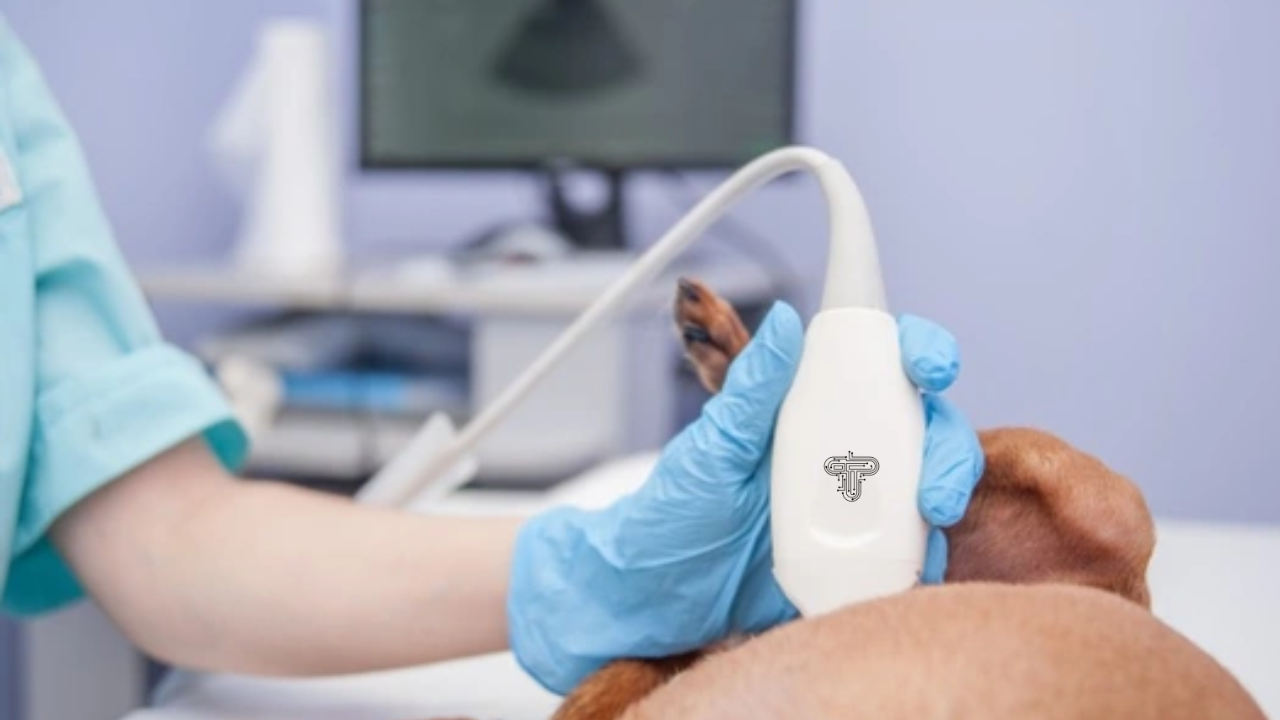Accurate Dog Pregnancy Calculator: Track Your Pup’s Journey
Understanding your dog’s pregnancy is crucial for ensuring her health and the well-being of her puppies. An accurate dog pregnancy calculator can be an invaluable tool in this process, helping you anticipate key milestones and prepare adequately for the arrival of the new litter.
Understanding Canine Gestation
The gestation period in dogs typically lasts about 63 days, though it can range from 58 to 68 days, depending on the individual dog and breed. This period is divided into three trimesters, each encompassing specific developmental stages for the embryos and noticeable changes in the mother.
The Role of a Dog Pregnancy Calculator
A dog pregnancy calculator estimates your dog’s due date by adding the average gestation period to the date of mating. For instance, if your dog mated on November 1st, her estimated due date would be around January 3rd. These calculators provide a timeline of what to expect during each week of pregnancy, allowing you to monitor her progress and prepare for whelping.
How to Use a Dog Pregnancy Calculator
Using a dog pregnancy calculator is straightforward:
- Record the Mating Date: Note the exact date when your dog mated. If there were multiple mating sessions, use the first date for calculation.
- Input the Date: Enter this date into the calculator.
- Review the Results: The calculator will provide an estimated due date and a week-by-week breakdown of the pregnancy stages.
It’s important to remember that these calculators offer estimates. B breed, age, and health can influence the gestation period. Regular veterinary check-ups are essential to confirm pregnancy and monitor your dog’s health.
Week-by-Week Pregnancy Overview
Understanding the weekly progression of your dog’s pregnancy can help you provide the best care:
- Weeks 1-2: Fertilization occurs, and embryos travel to the uterus. No significant physical changes are noticeable.
- Weeks 3-4: Embryos implant in the uterine lining. You might observe slight behavioral changes, such as increased affection or mild lethargy.
- Weeks 5-6: Fetuses develop rapidly. Your dog’s appetite may increase, and her abdomen may enlarge.
- Weeks 7-8: The fetuses continue to grow, and you may feel them move. Your dog may begin nesting behaviors.
- Week 9: Prepare for whelping. Monitor your dog closely for signs of labor, such as restlessness or a drop in body temperature.
Benefits of Using a Dog Pregnancy Calculator
Utilizing a dog pregnancy calculator offers several advantages:
- Preparation: Knowing the estimated due date allows you to prepare a whelping area and gather necessary supplies.
- Monitoring: A week-by-week guide helps you track your dog’s progress and identify potential issues early.
- Peace of Mind: Understanding the pregnancy timeline can reduce anxiety and ensure you’re ready for each stage.
Limitations and Considerations
While dog pregnancy calculators are helpful, they have limitations:
- Variability: Individual differences mean the actual due date can vary.
- Health Factors: Underlying health conditions can affect pregnancy duration and outcomes.
- Veterinary Care: Calculators are no substitute for professional veterinary advice and care.
Preparing for Whelping
As the due date approaches, take the following steps to ensure a smooth whelping process:
- Create a Whelping Area: Provide a quiet, comfortable, and safe space for your dog to give birth.
- Gather Supplies: Prepare clean towels, gloves, and a heating pad.
- Know the Signs of Labor: Familiarize yourself with labor signs, such as restlessness, nesting behavior, and a drop in body temperature.
- Have Emergency Contacts: Keep your veterinarian’s contact information readily available in case of complications.
Read More
Conclusion
A dog pregnancy calculator is valuable for tracking your dog’s pregnancy journey. Understanding the gestation timeline and preparing accordingly can ensure a healthy and stress-free experience for your dog and her puppies. Always complement such tools with regular veterinary care to provide the best support during this exciting time.


